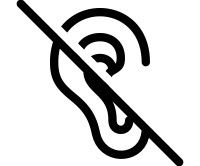ToxCard: Iron
EMDocs
DECEMBER 6, 2024
In the late 1990s, iron was the leading cause of poisoning deaths reported to poison control centers for children less than 6 years of age. 2 This requirement was ultimately removed in 2003, however iron related exposures and deaths have stayed low. Iron is used for treatment and prevention of iron-deficiency anemia.













Let's personalize your content